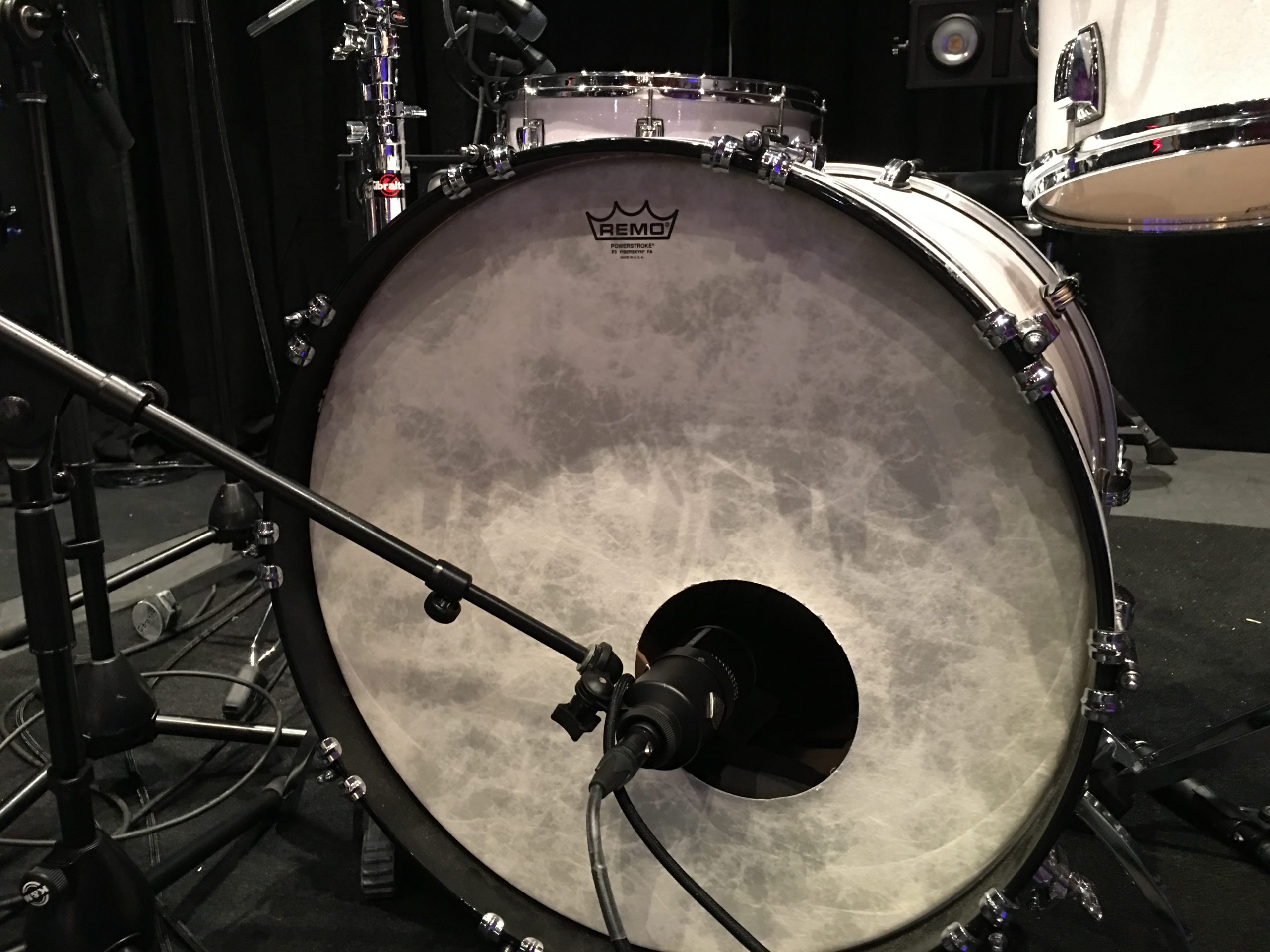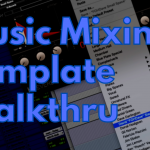
QuickTip: Poke the Bass

How do you get your kick and bass to play nice?
There are a variety of techniques available to try, but sometimes it’s the simple stuff that works best. Sometimes just shifting our process a little makes a bigger difference than console olympics. So here’s a quick tip you can try.
In my opinion, many engineers and especially live sound engineers get overly fixated on the kick drum to the detriment of its musical function in the song. This often leads to the dreaded “lead kick drum” critics love to complain about. One of the casualties in this is often the bass guitar getting drowned out by the kick. Sometimes the bass is still there, but the sheer volume of the kick drum distracts the attention from the bass guitar which, in my opinion, can hurt the foundation and groove of the song.
My personal preference in mixes is to get the kick and bass working together as much as possible so the bass supplies the low end with the kick supplying punch for the bass. When this is working right, I think you can actually get a tighter low end. So, here’s an approach you can try:
Once you have your drum kit dialed in where you like it, pull the kick drum fader(s) completely out. Leave the rest of the drums going, and just remove the kick from the mix. Don’t mute it, though. Pull the fader completely down.
Next, get your bass guitar going in the mix. You can even get the entire mix going if you like at this point, but it’s not entirely necessary. At a minimum, get your bass figured out and up in the mix. You want its low end full, but you should also be able to distinguish the note being played.
Now, slowly bring the kick in listening for when the bass guitar gets some extra “oomph” or “weight” and maybe even a “push” on the notes it’s playing. When the bass feels like it’s getting accented or emphasized, you’re there.
At this point, you can adjust the kick a bit to taste and for the genre you’re working on. Maybe you like a little more kick in your mix. Go ahead and nudge it up if that’s the case.
Maybe you don’t need much more overall level, though. Maybe you just need a little more top on the kick to help it cut and poke the bass a bit more. If that’s the case, don’t be afraid to bump your EQ a little in the upper-mids. Putting enough point on the kick, by the way, also helps it play on smaller speakers where a broadcast or streaming audience might be listening.
A benefit of this little approach is it often more easily reveals whether the bass player and drummer are actually playing together. Personally, I find it’s easier to to hear if the kicks aren’t landing on bass notes with the kick at or tucked a little under the bass. This doesn’t mean every single kick should land on a bass note and vice-versa, but if the two instruments are in their own worlds playing different or opposing rhythmic patterns it’s often more obvious to me.
And if the two players aren’t together, you’re probably going to have a hard time getting the low end of your dreams.
If you gives this a try, please let me know how it works for you.
If you’d like to learn more like tricks and techniques like this, these are the kinds of things we often talk about when I’m doing on-site training and in coaching calls. Now that things are starting to open up a little more from the COVID shutdowns, I’m beginning to book visits again. To find out how I can help you improve your audio this year, please drop me a line through my Contact page, and I will be in touch.

 Previous Post
Previous Post


